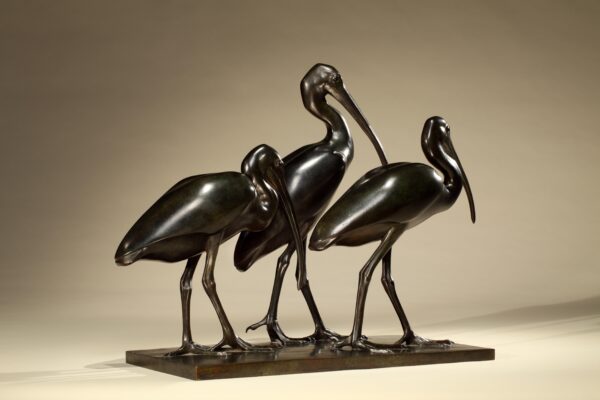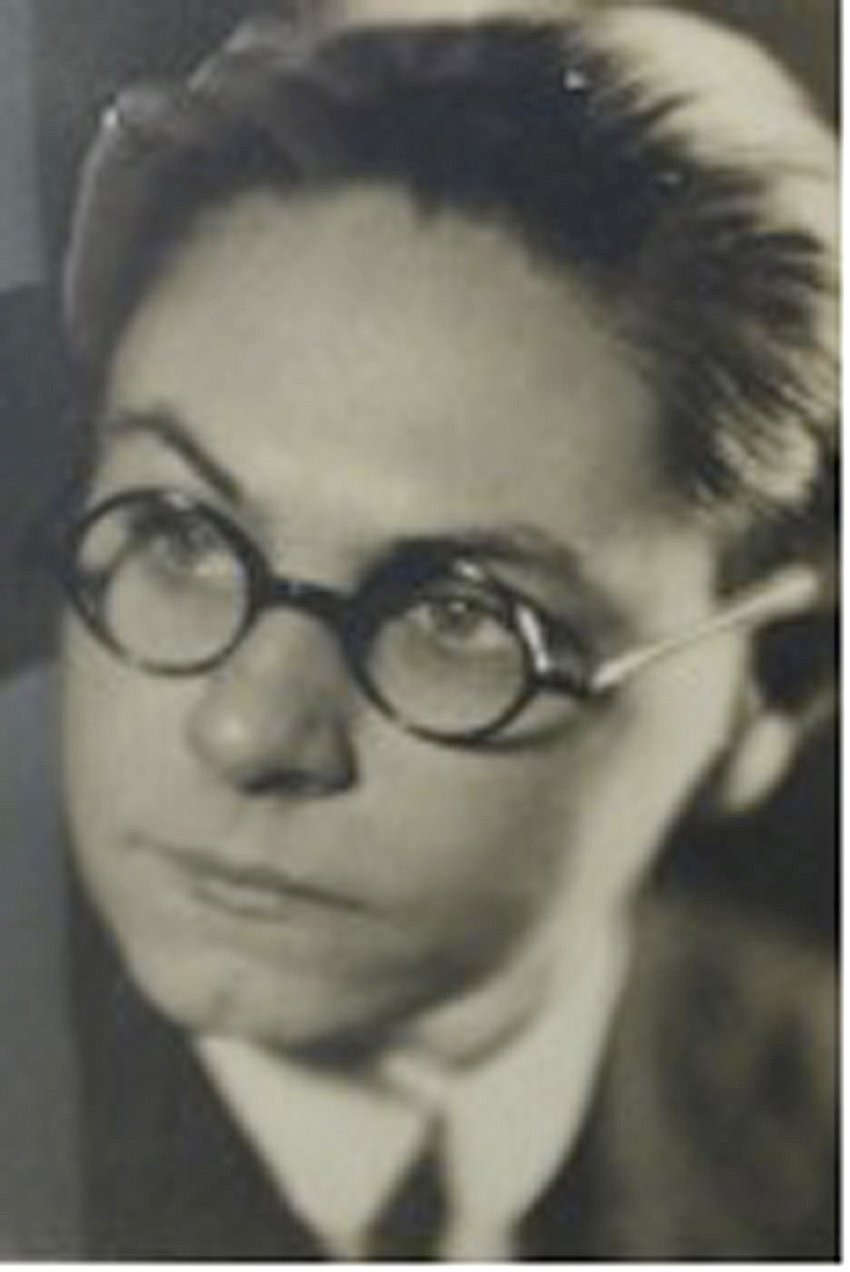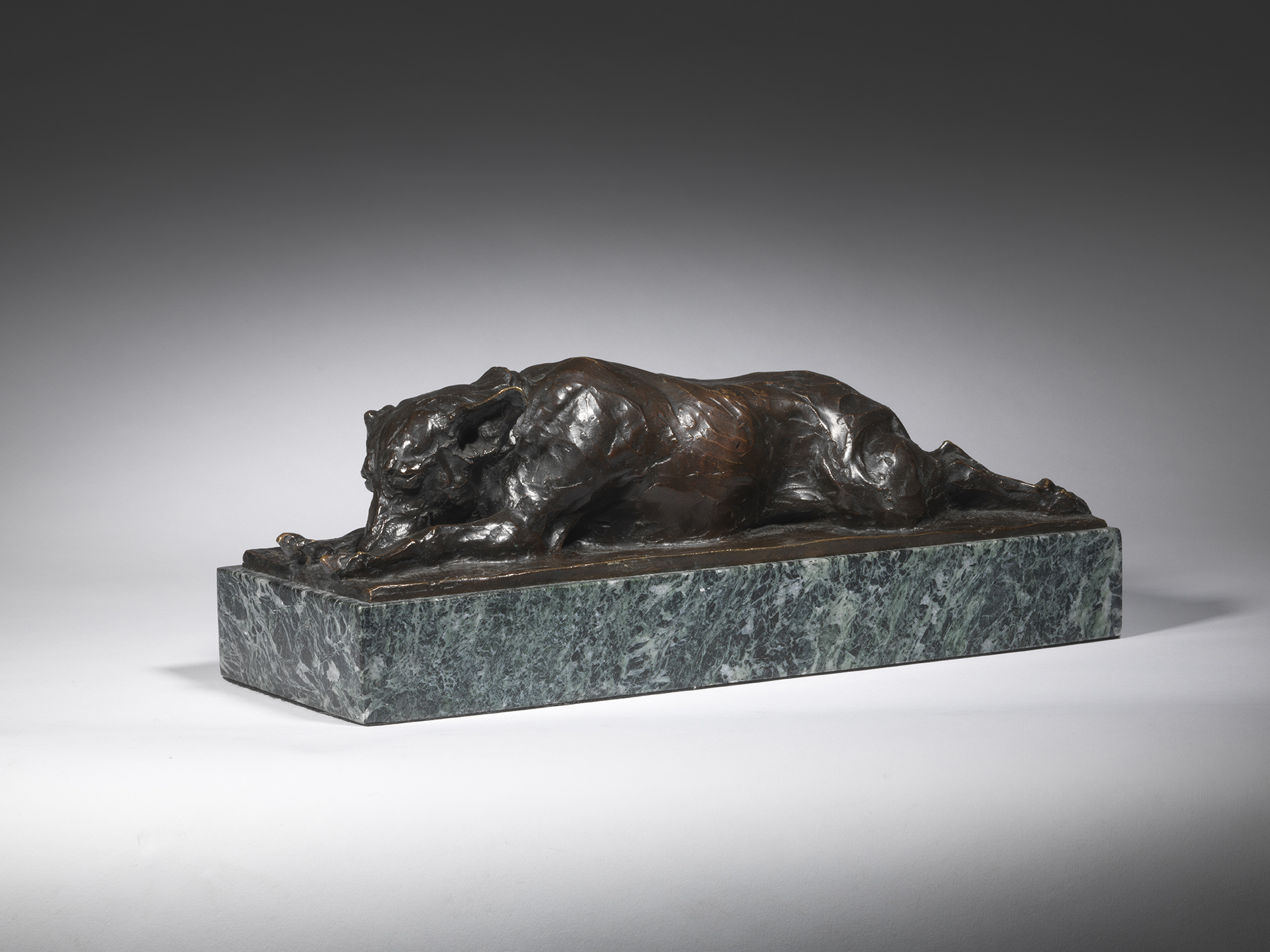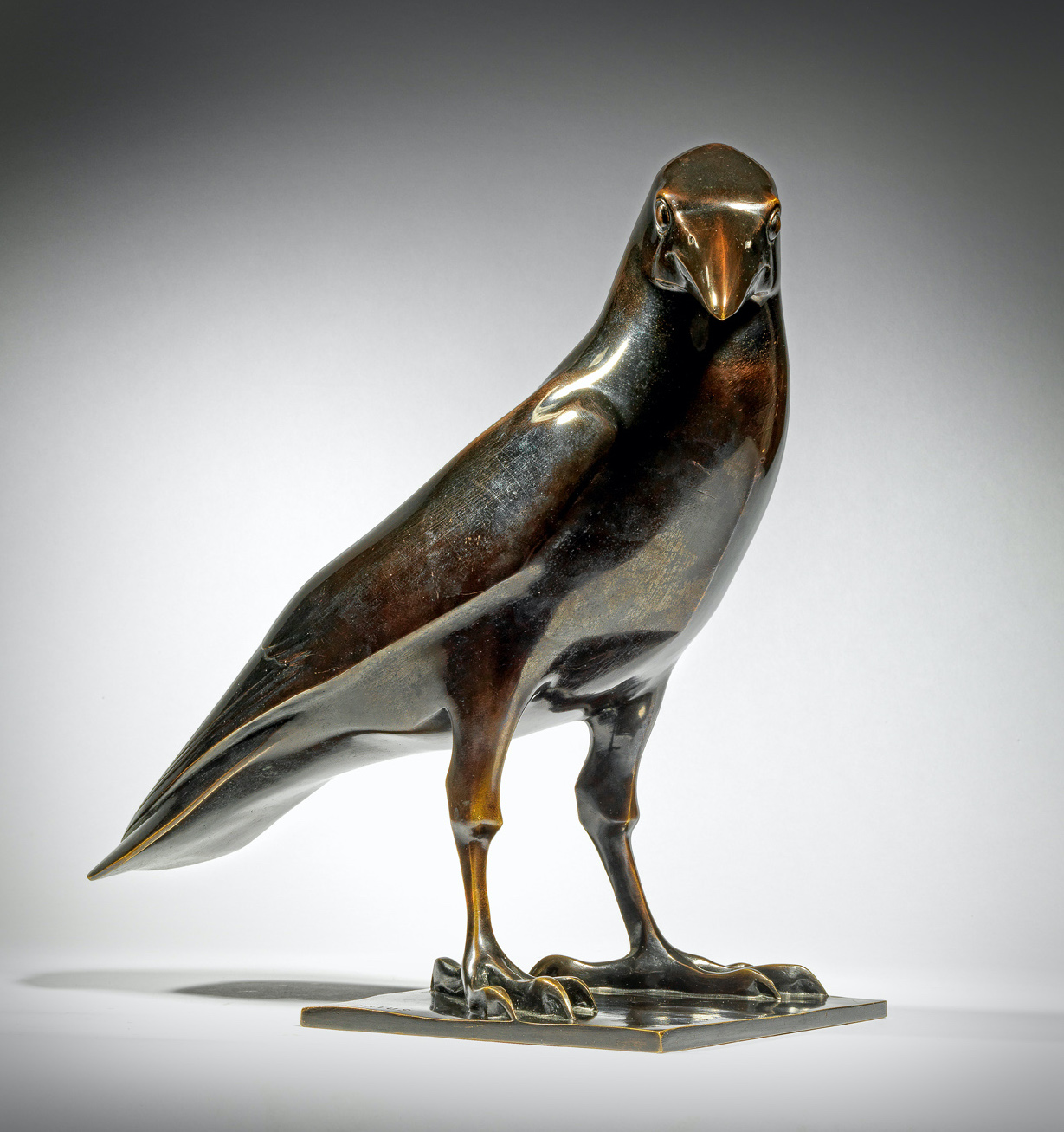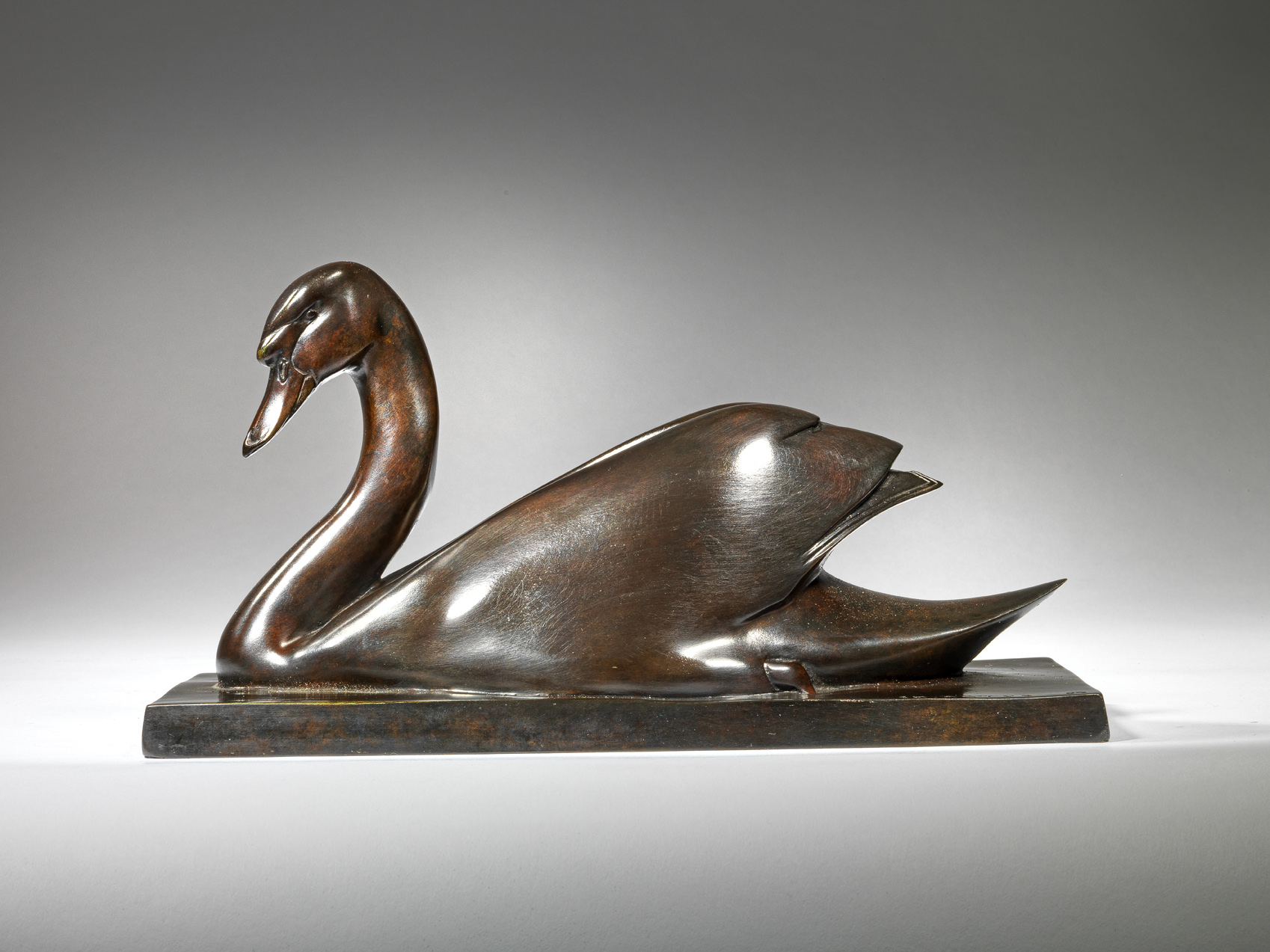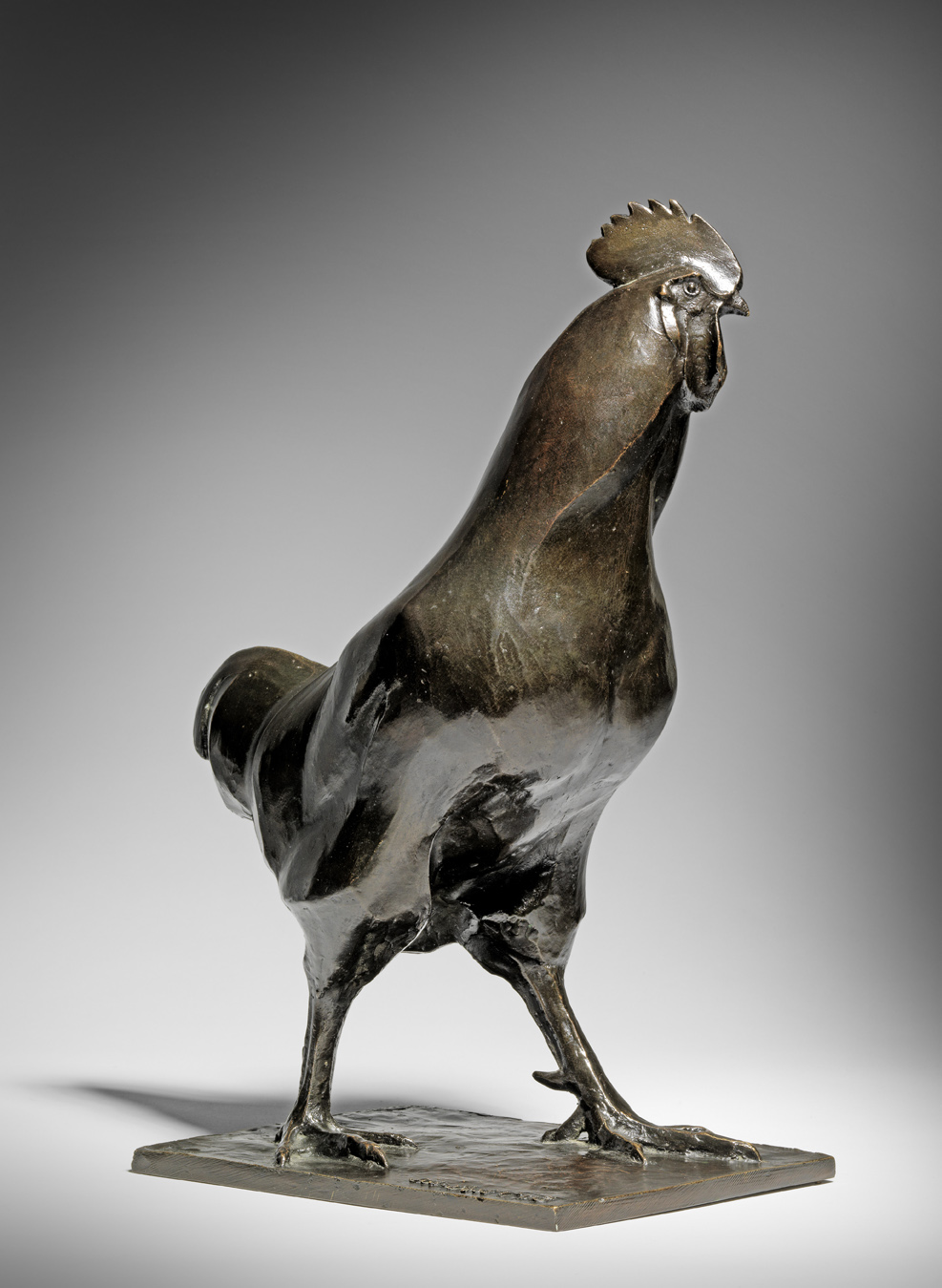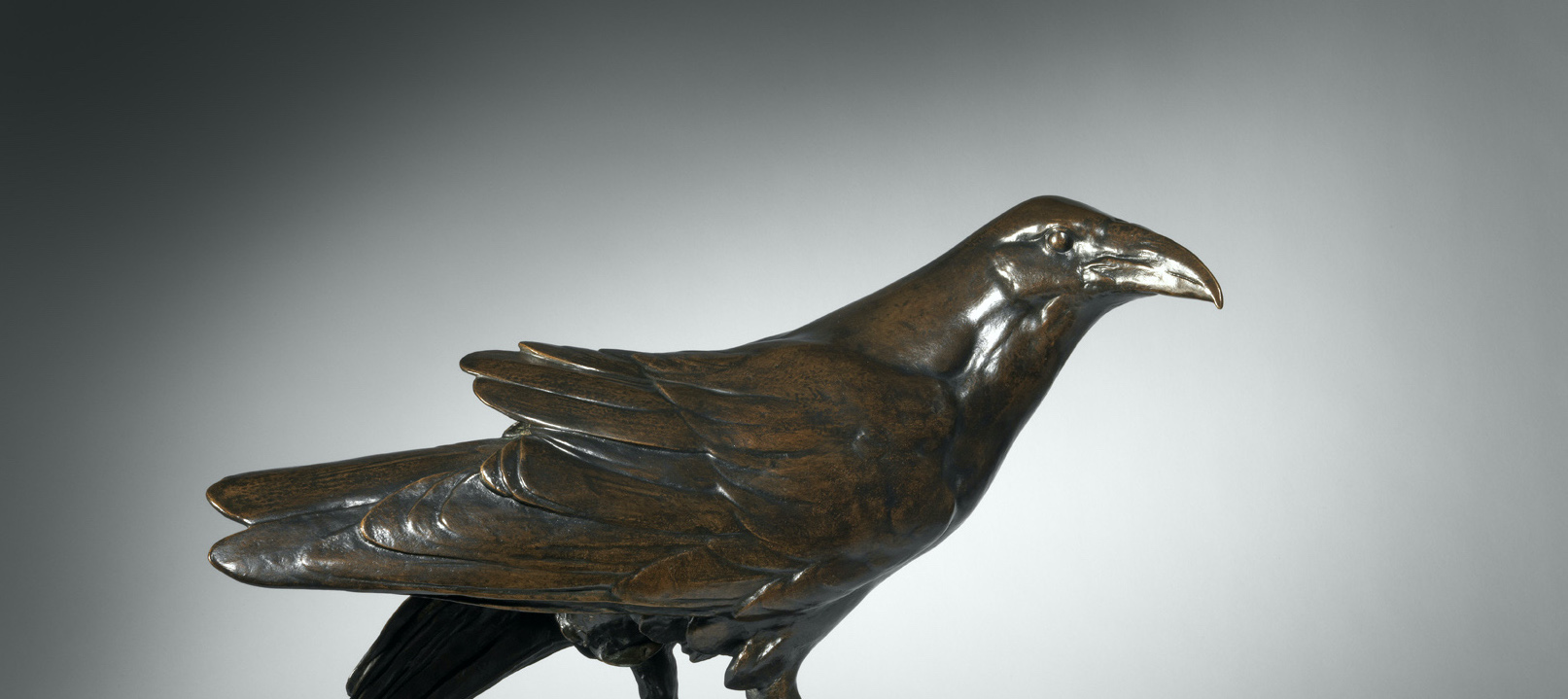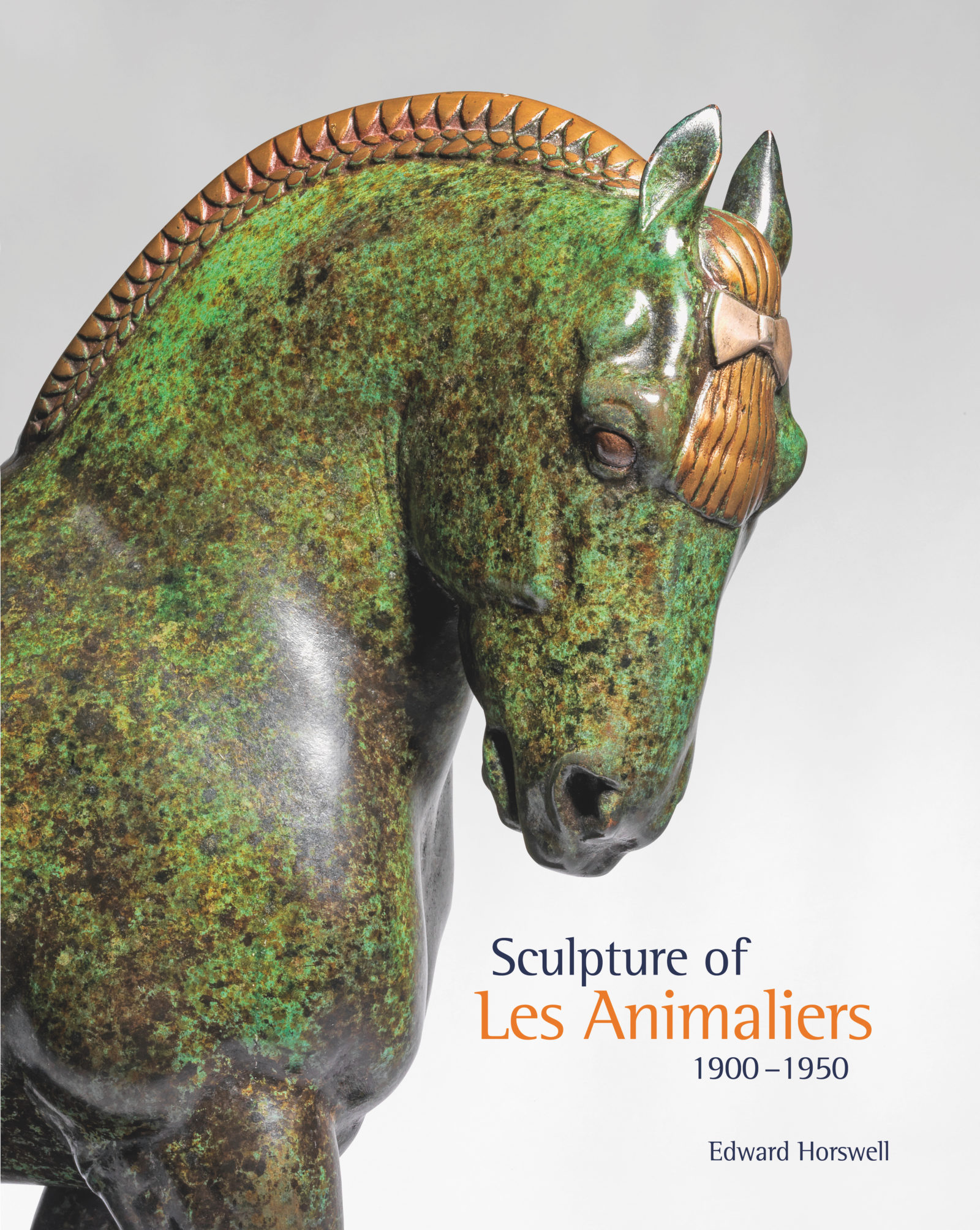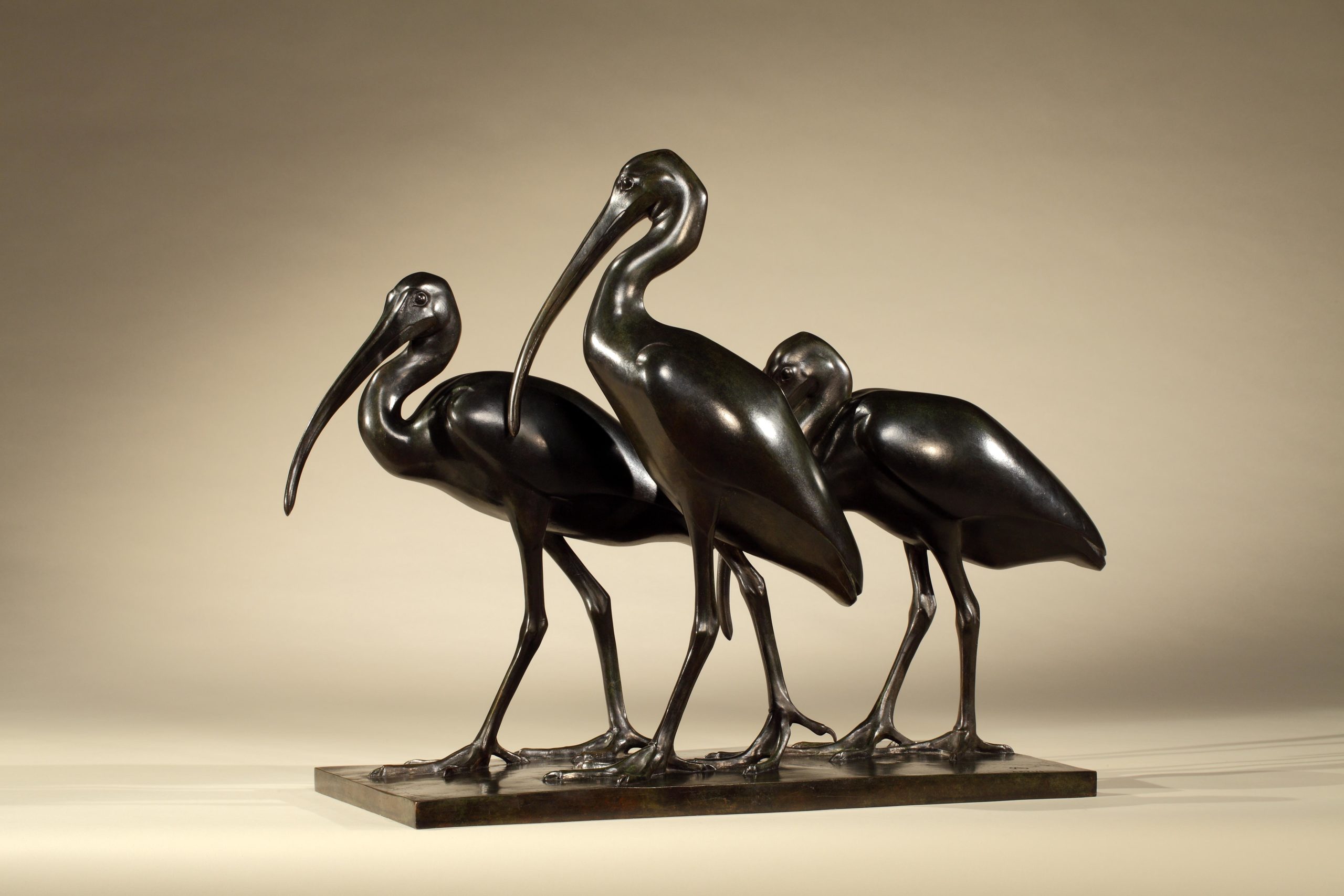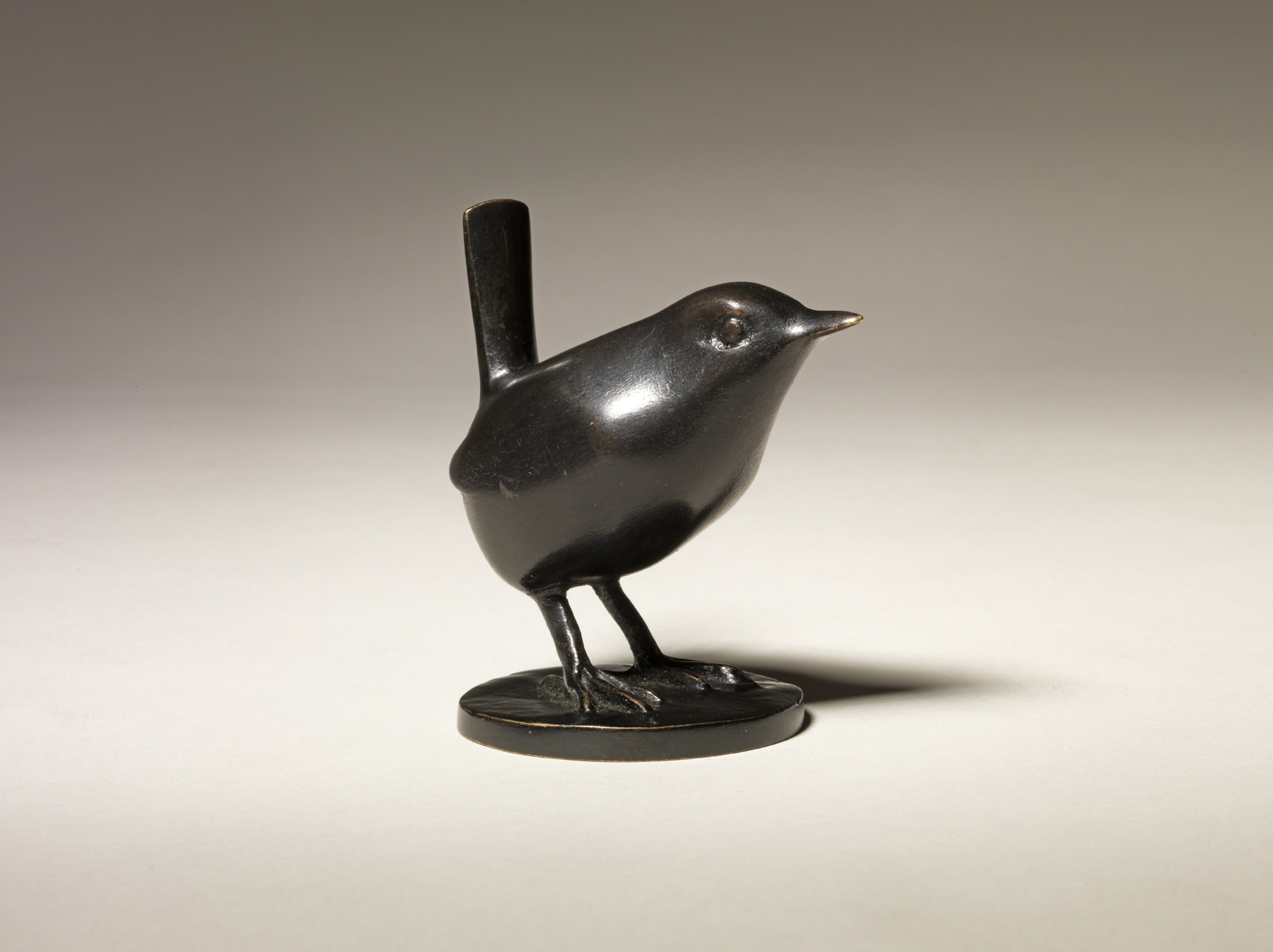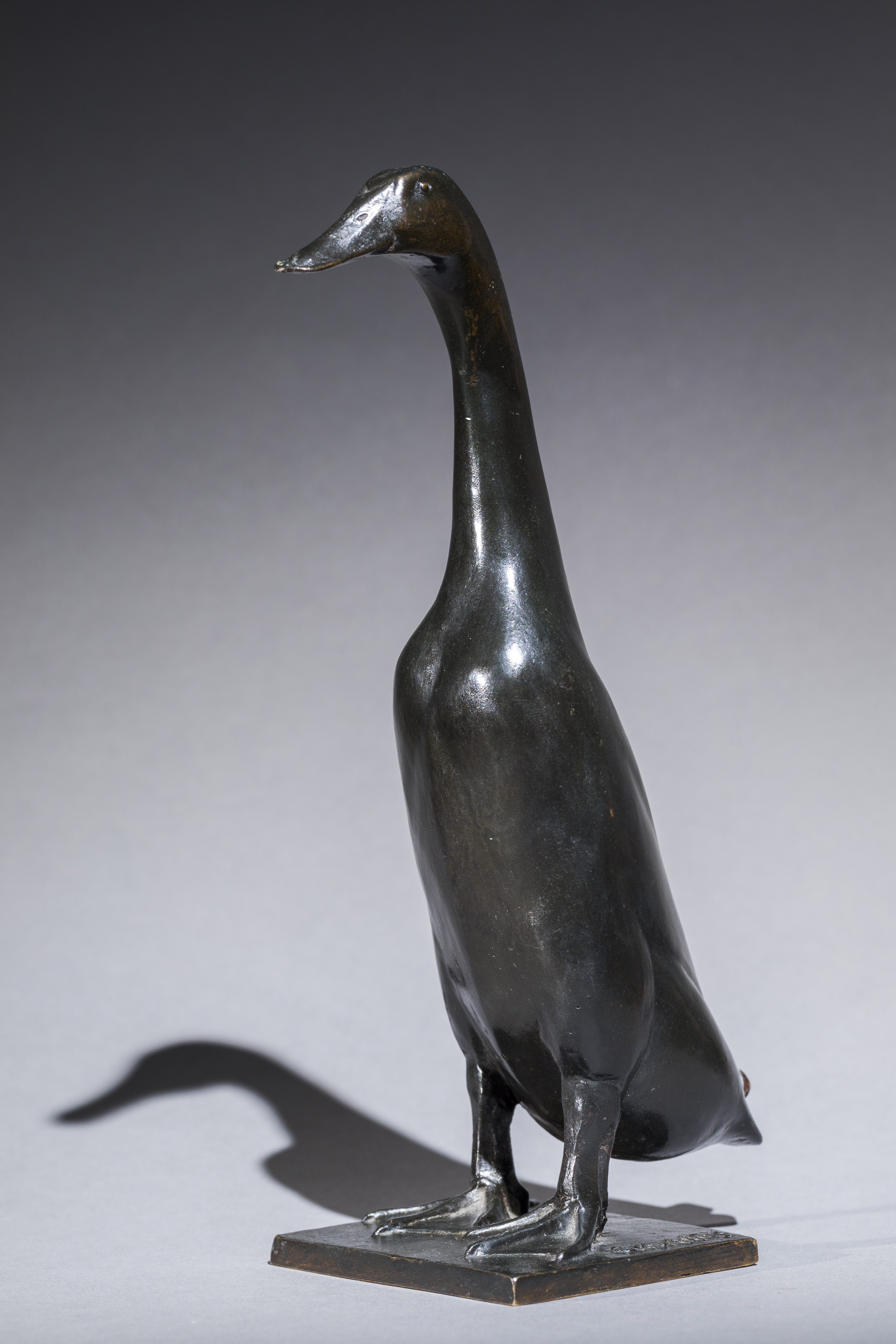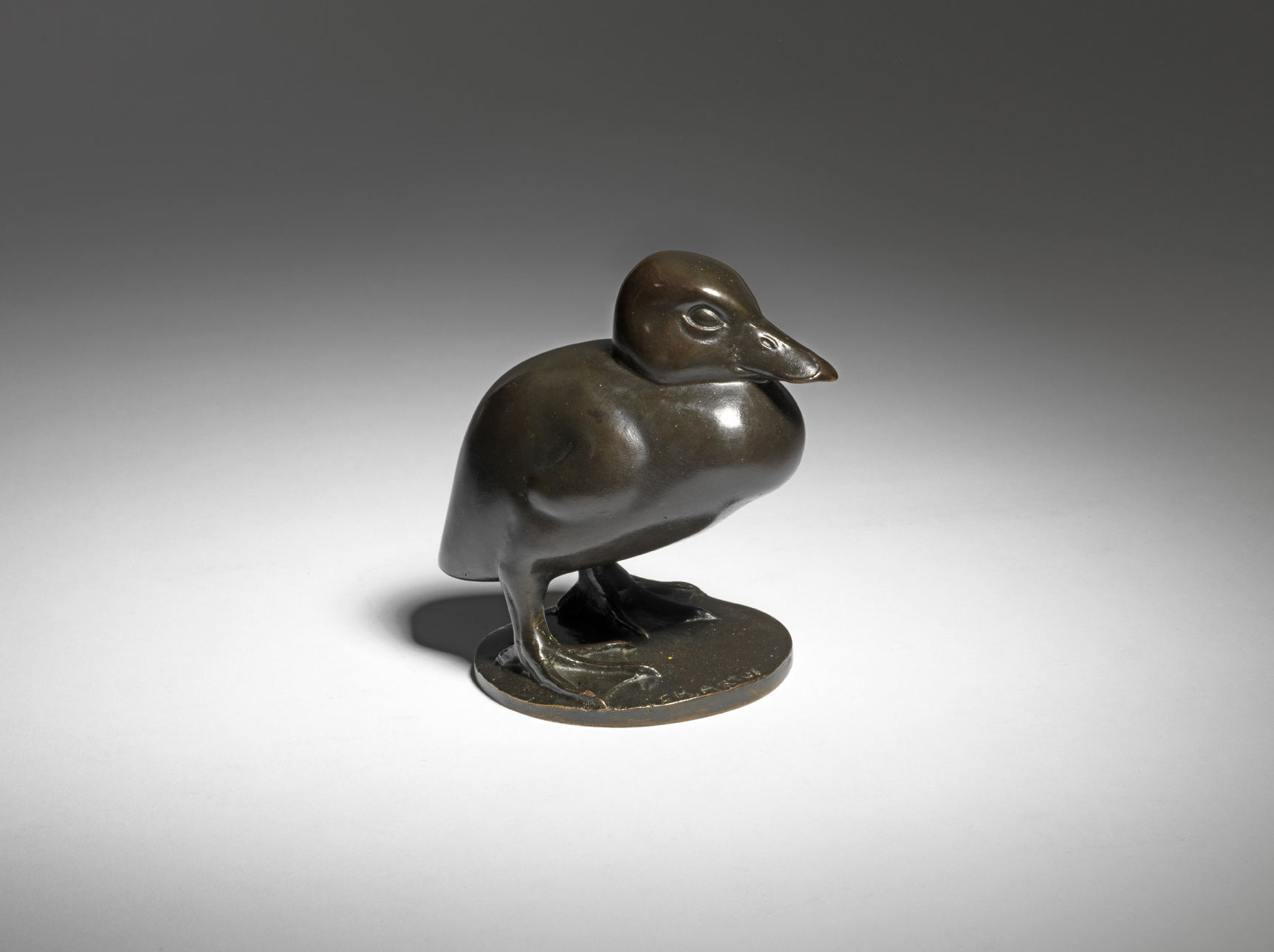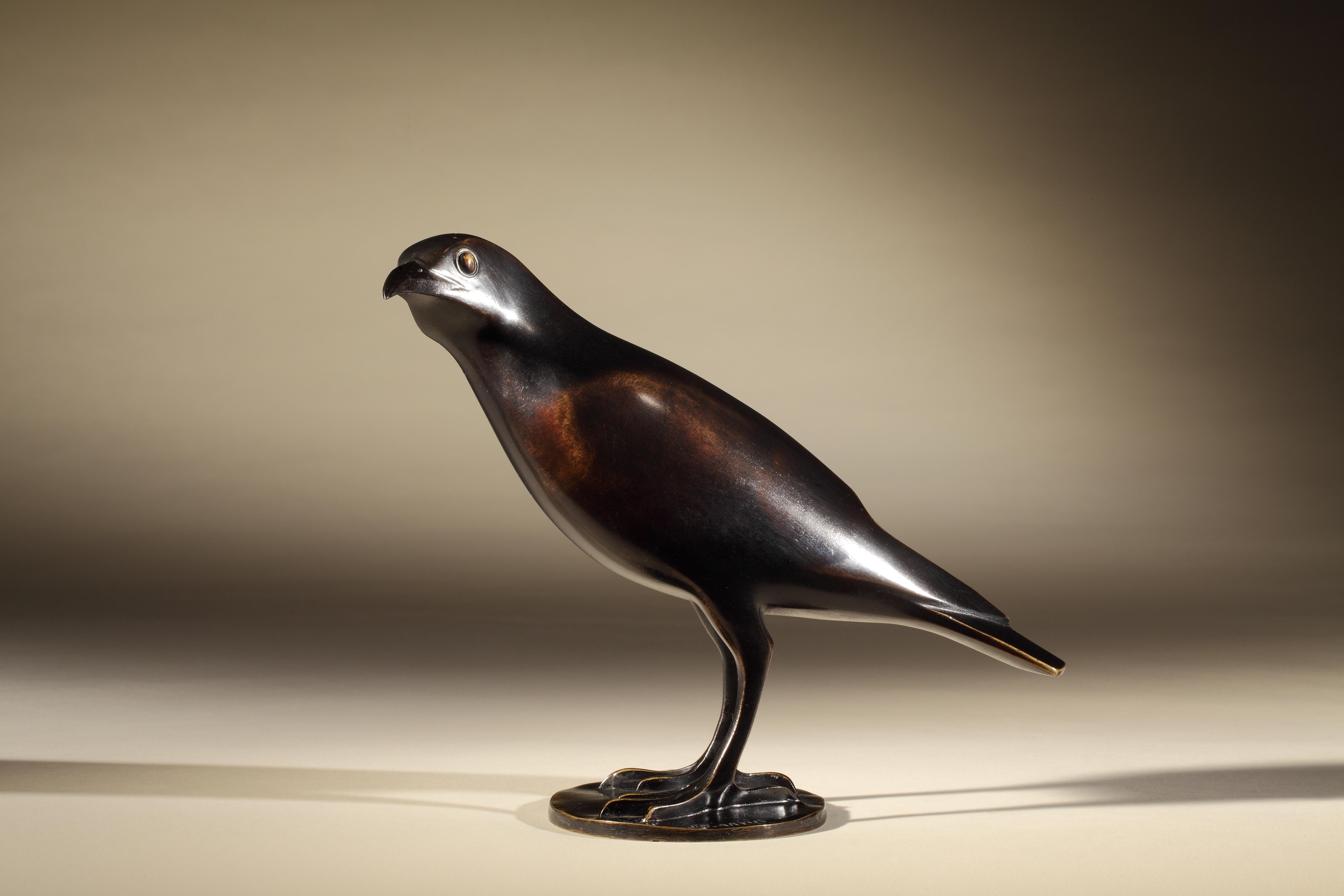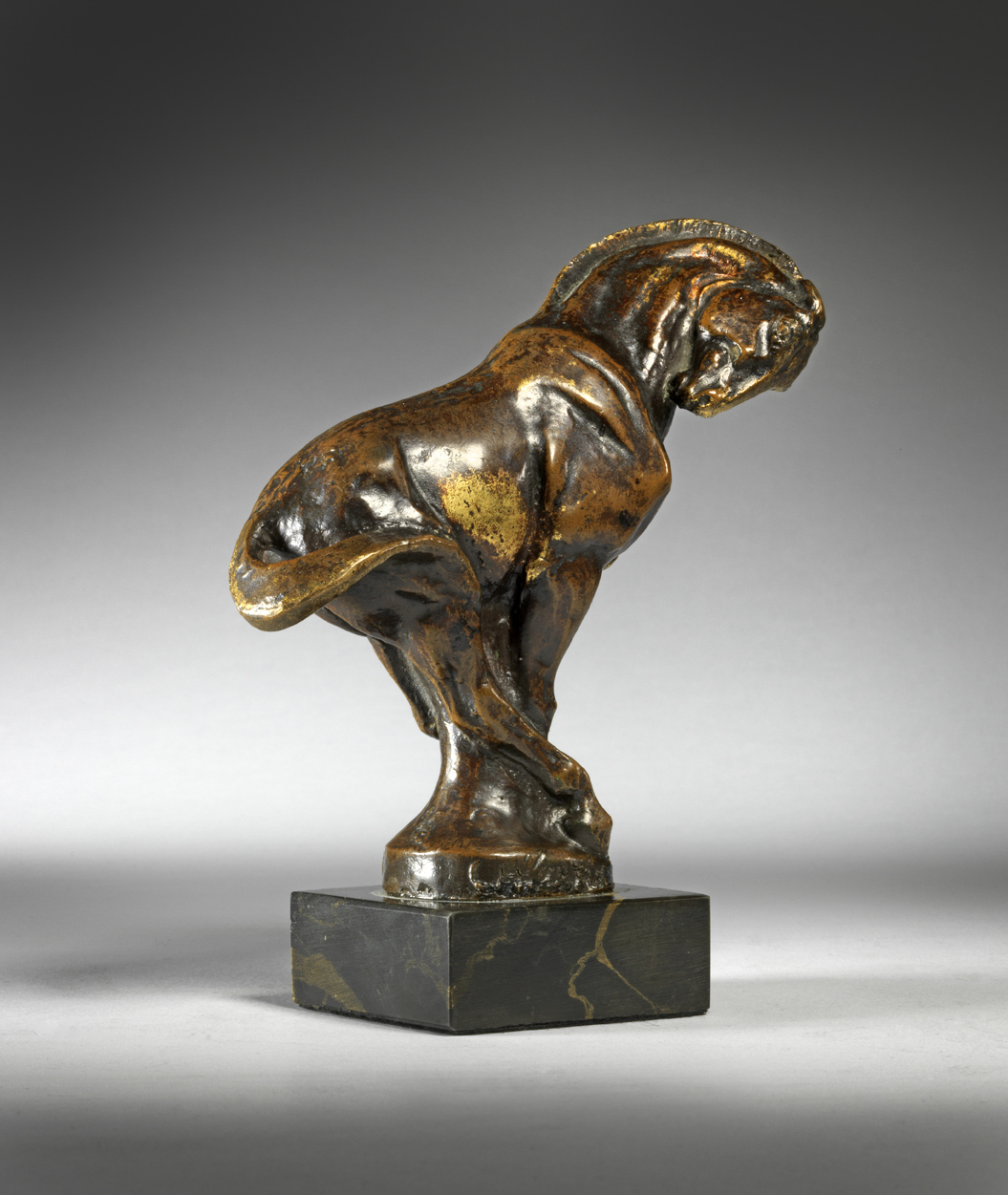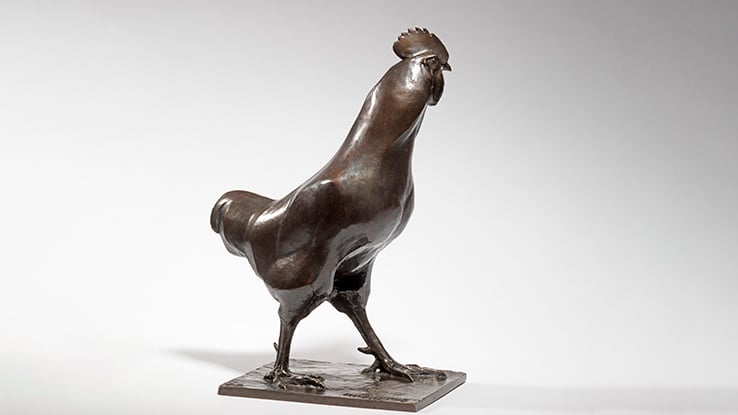
Artus’s favourite subjects, executed in a simplified but sensitive style, were small domestic animals, household pets and particularly birds, whose smooth forms he was especially adept at capturing.
He carved some pieces in stone, but his preference was for bronze editions of his works, cast using the lost wax process principally by Valsuani and occasionally by Alexis Rudier and Bisceglia.
The work of Artus has until recently been less well known outside of his native France. Stylistically, his sculpture is at first glance similar in style to that of Pompon and Petersen with its smooth, simplified forms. However, whereas they were inspired towards achieving a purity of form and volume, Artus is driven by a desire to enhance the attitude of the subject, with the removal of all superfluous detail. In this way, he has a unique place amongst the Animaliers of the first half of the twentieth century and as his work becomes known to a wider audience, its quality is justifiably appreciated.
Charles Artus was born on 16 July 1897 into a prominent family in the small seaside town of Étretat in Normandy. He moved to Paris when still young and enrolled on a sculpture course taught by Edouard Navellier, which was his only formal training. In 1920 he began exhibiting in the Salon des Artistes Français, most probably introduced by Navellier. He was awarded an honourable mention in 1922, won a bronze medal in 1926 and was then granted life membership. He was also a member of the ‘Groupe des Douzes’, a group of Animalier sculptors formed around François Pompon in 1931. Artus worked regularly with Pompon and also exhibited at the Salon des Artistes Animaliers, the Salon des Artistes Décorateurs, the Salon d’Automne, the Salon des Indépendants and the Salon de la Société Nationale des Beaux-arts. Notable galleries such as Edgar Brandt, Charpentier and Bernheim Jeune showed his pieces.
His favourite subjects, executed in a simplified but sensitive style, were small domestic animals, household pets and particularly birds, whose smooth forms he was especially adept at capturing. He carved some pieces in stone, but his preference was for bronze editions of his works, cast using the lost wax process principally by Valsuani and occasionally by Alexis Rudier and Bisceglia. He also collaborated with the Sèvres factory on an edition of a black stoneware Lapin. He did preparatory drawings for his pieces and had a real though little-known talent as an Animalier painter.
In 1940 he returned permanently to Étretat where twenty years previously he had commissioned the architect Émile Mauge to design a modern atelier and exhibition space at the family home in Bligny.
His work is in public collections such as those of the Musée Nationale d’Art Moderne, Paris (Merle du Sénégal, 1930) and the Metropolitan Museum of Art, New York (Troupial, acquired 1932; gift of Edward C. Moore Jr).
Artworks
View all Artworks >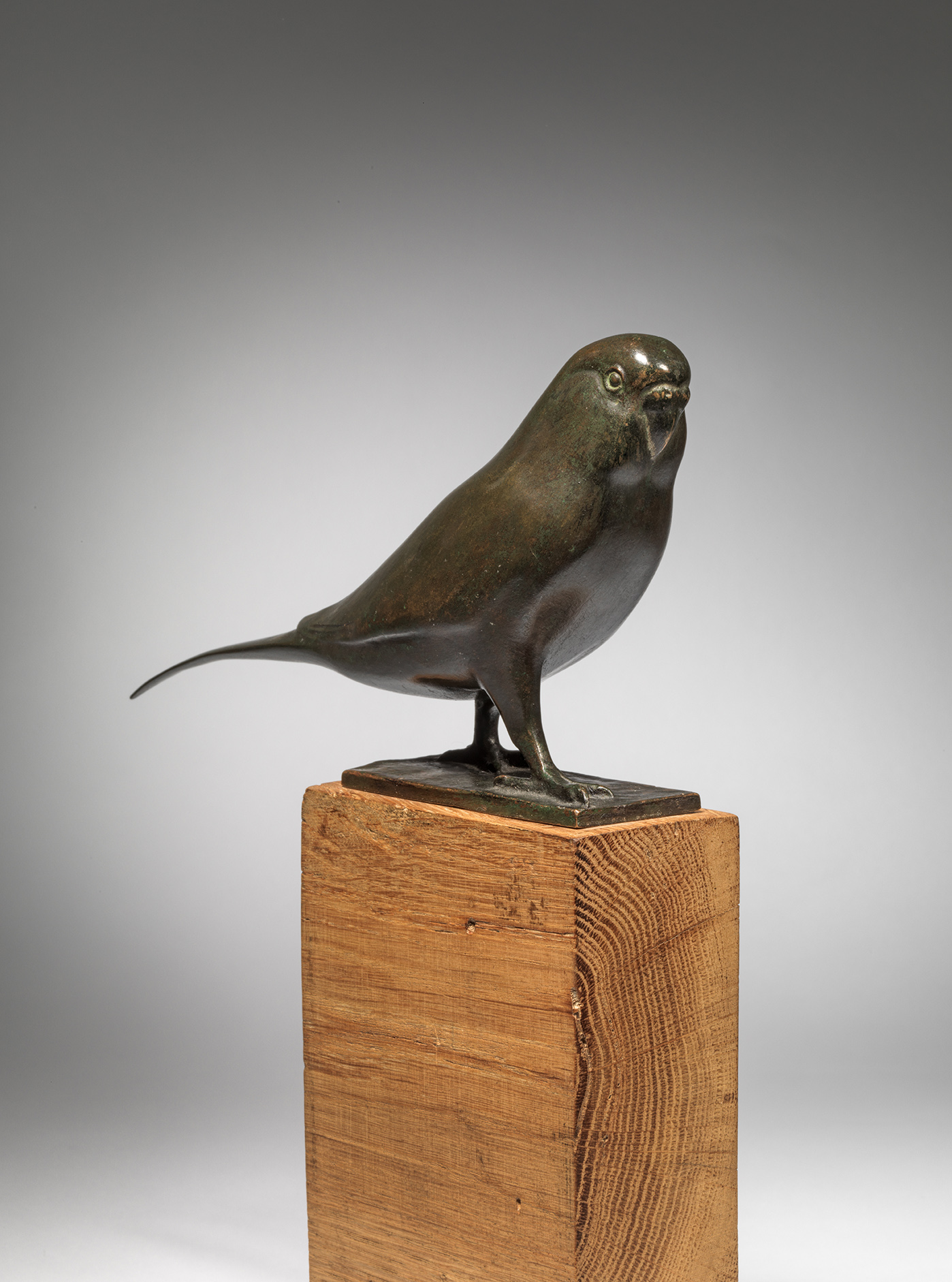
Parakeet, circa 1930
Charles-Joseph Artus
A fine quality, early twentieth century bronze model of a ‘Parakeet’ by Charles-Joseph Artus (French, 1897-1978). This bronze was produced using the lost wax casting […]
Exhibitions
View all Exhibitions >Publications
View all Publications > 